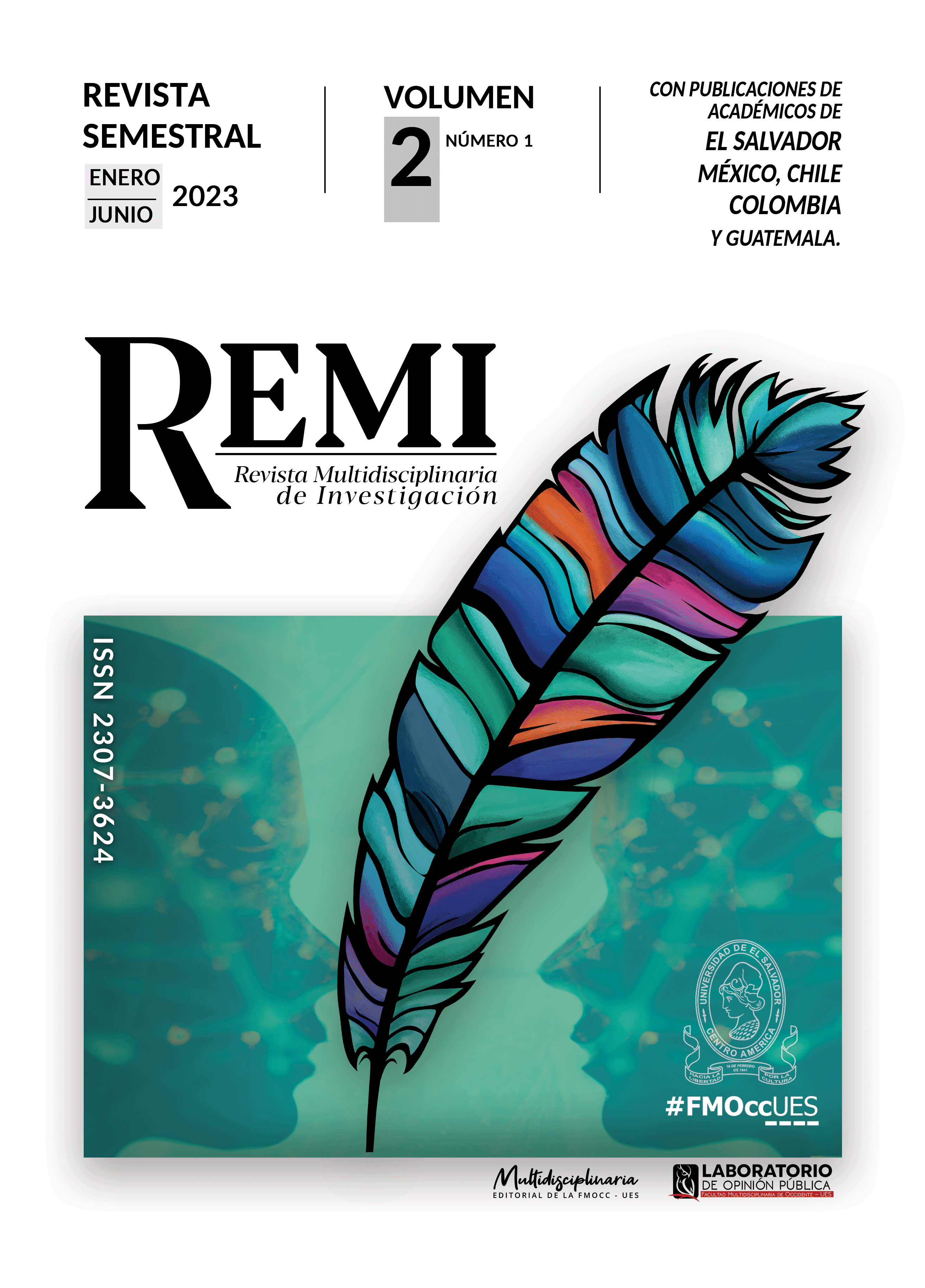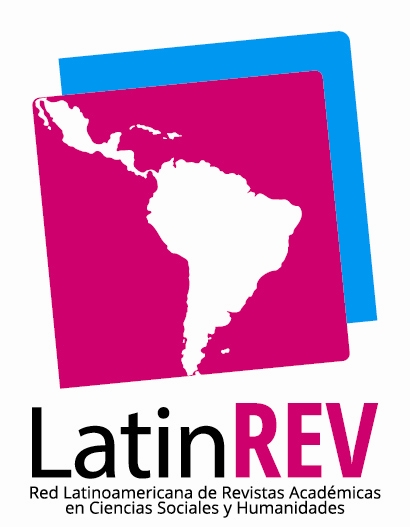Mitigation of anthropogenic damage through design strategies in the coastal city
DOI:
https://doi.org/10.5281/zenodo.8339350Keywords:
ecological design, wetlands, public space, habitability, social inclusionAbstract
Introduction: The role that town planning plays must be reconsidered to find a balance between natural and artificial environments, involving the population in the process. The risks increase due to the ignorance of the complexity of the natural systems immersed in the city, where the growth of human settlements, urbanizations and real estate developments is generated irregularly, without coherent planning with the environment; actions are needed that trigger ecological fragmentation and social and cultural decomposition, since they are seen as isolated elements, without considering their relationship with each other, and the repercussions for the community. Objective: to develop architectural urban design strategies that promote the understanding of the complexity of the interdune lagoon systems associated with the coast, as an axis for the gradual mitigation of the anthropogenic impact in the fragmentation process that it exerts on natural systems. Method: Prior to the analysis of the site to intervene specifically, the site was analyzed at a general level and on a broader scale using geographic information through Landsat 8 images of the urban area that includes the municipalities of Veracruz, Boca del Río, Medellín and Alvarado, these images were obtained from the US Geographical Survey section of NASA, in order to understand the current state of the site in order to intervene according to its characteristics; On the other hand, the case study was used from the perspective of landscape design, in an urban area that exerts pressure on an unlisted ecological patch. Result: It is important to identify the values and potentials of the urban environment, as well as the relationship in the processes of generation of environmental services, so that, based on the analysis of the territory and an adequate management of projects, design strategies can be built that reduce or mitigate the impact that will be generated when a certain community settles, also to remedy the damage generated in the past and redefine the social habitat.
Downloads
References
Amar, J. (2007). Promoviendo la inclusión social en los primeros años. Salud uninorte 23, 2, 162-170.
Ariza, A. (2013). Descripción y correción de productos Landsat 8. Colombia: Instituto geográfico Agustin Codazzi IGAC.
Borja, J., & Muxi, Z. (2000). El espacio público, ciudad y ciudadanía. España: Diputació de Barcelona, Xarxa de municipis.
Echeverry, M. (2009). Fragmentación y deforestación como indicadores del estado de los ecosistemas en el Corredor de Conservación Choco-Manabí. Recursos naturales y ambiente 58, 78-80.
Hernández, J. (2011). Accesibilidad Universal y diseño para todos, arquitectura y urbanismo. España: Fundación ONCE/ Fundación arquitectura COAM.
Mattos, C. D. (2002). Transformación de las ciudades: ¿impactos de la globalización? EURE revista latinoamericana de estudios urbano regionales 28, 85, 5-10.
Moreno-Casasola, P. (2010). Veracruz: Tierra de ciénagas y pantanos. Veracruz: Universidad Veracruzana-Gobierno del Estado de Veracruz.
Muñoz, F. (2008). Urbanalización: Paisajes comunes, lugares globales. España: Gustavo Gilli.
Downloads
Published
Issue
Section
License

This work is licensed under a Creative Commons Attribution-NonCommercial 4.0 International License.








